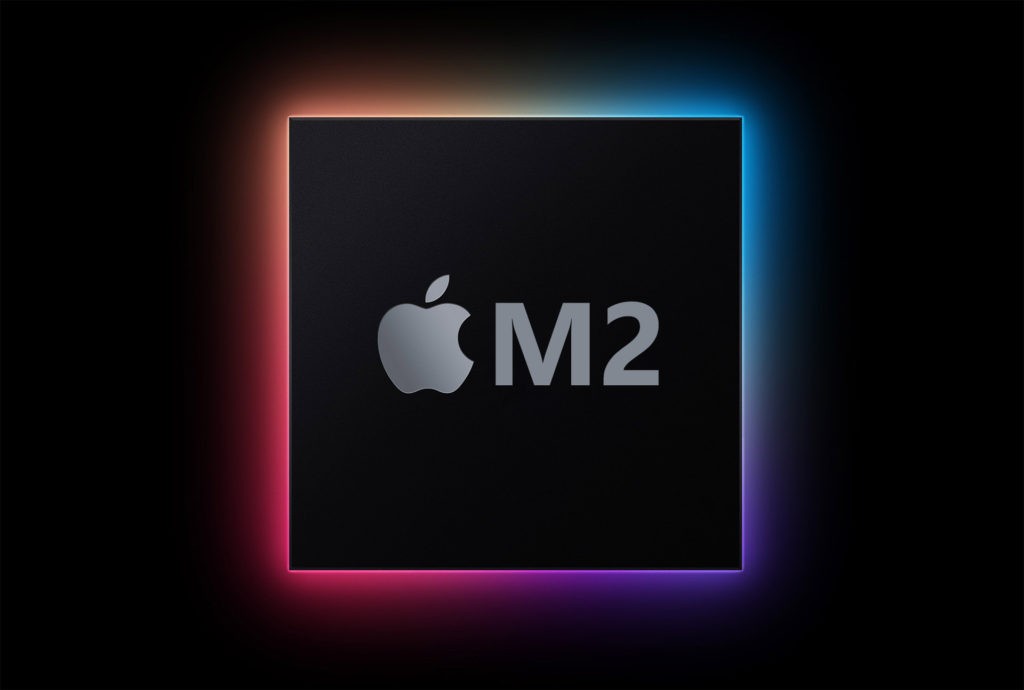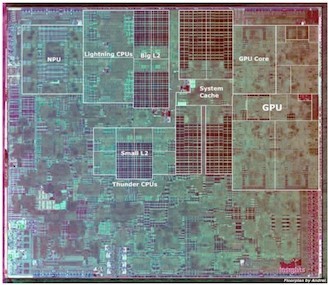
Apple’s M2, the successor to the M1 and the SoC variant expected to ship in higher-end systems, is said to have now taped out on TSMC’s N5P process [5nm+]. N5P is said to be a small improvement over TSMC’s N5 node, offering an additional 10 percent improvement to power consumption and a 5 percent performance improvement over N5 [5nm].
If you care about CPU performance, the CPU market is looking brighter today than it has in years. AMD and Intel will either demonstrate themselves capable of matching the improved performance per watt Apple has built into the M1 and presumably its successors, or they won’t. x86 will either once more rise to the challenge, cementing its rule as the reigning champion of the personal computing industry for the past four decades, or it’ll prove incapable of doing so, and ARM will replace it. But the M1’s improvements are real. Performance and power tests show Apple’s CPU is faster, in performance per watt and performance per clock, than the x86 CPUs it competes against in relevant price bands and products. For now, the direct competitive threat is limited because Apple only competes in certain markets. But Qualcomm bought the high-performance ARM CPU company Nuvia last year and intends to reenter the laptop market with a new, custom high-performance architecture by 2023.
CPUs function as the “compute unit of last resort” in the modern world because we increasingly seek to improve efficiency by offloading work to accelerators, rather than performing general-purpose computations in software. CPU performance improvements will always be useful for speeding up the most difficult code.
Current M1 Chip Image

VisualSim can be used to construct processor-related M1, M2 models; assuming user’s have information related to 12 to 24 FireStorm higher-performance, higher-power cores, and 4 to 8 efficiency cores. Performance per clock is another metric that these chips provide. In addition, one would need information related to neural processing to model with sufficient accuracy; as Apple does not make this IP information available in the public domain. The other interesting aspect of this article is Qualcomm entering the high performance ARM processor business with the acquisition of Nuvia last year; suggesting Intel and AMD will be in a competitive situation. VisualSim does support advanced ARM processor and HW accelerator models in terms of performance and power.
Web Reference: https://www.extremetech.com/computing/322279-apples-m2-soc-enters-production-could-ship-in-higher-end-macs-by-july